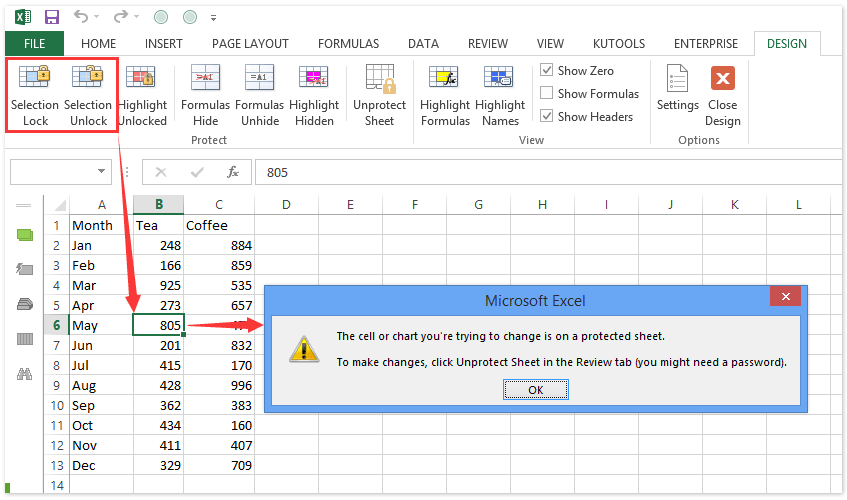5 Ways to Protect Excel Columns Without Sheet Lock

Protecting columns in Excel without locking the entire sheet can provide a flexible way to secure specific parts of your data while allowing users to edit other sections. Here’s a comprehensive guide on how to achieve this.
1. Using Data Validation for Restricted Input

While not directly related to protecting columns, data validation can prevent users from entering incorrect or inappropriate data, thereby securing your column from unintended modifications.
- Navigate to the Data tab and select ‘Data Validation’.
- Choose the column you want to protect and set rules for data entry.
- Users can still edit other columns freely, but this column will enforce your rules.
💡 Note: Data Validation will not prevent deletion, only incorrect input.

2. Protect the Worksheet with Exceptions

This method locks all cells but then you can unlock specific cells or ranges for editing:
- Select all cells and set them to be protected.
- Unlock the columns you want to be editable through Cell Formatting.
- Go to Review > Protect Sheet, and only allow editing on specific cells.
Here’s how you can do it:
| Step | Action |
|---|---|
| 1 | Select all cells (Ctrl+A). |
| 2 | Right-click, choose Format Cells, and go to the Protection tab. |
| 3 | Check “Locked”. |
| 4 | Select the columns to be editable, uncheck “Locked” in the Protection tab. |
| 5 | On the Review tab, click “Protect Sheet” and only allow certain actions like Insert Columns. |

3. Implementing Workbook Protection

To enhance column protection, consider protecting the entire workbook, which indirectly affects your columns:
- From the Review tab, choose Protect Workbook.
- Set a password to prevent changes to structure or windows of the workbook.
🛑 Note: Workbook protection does not protect the content of cells directly.
4. Hiding Columns with Custom Views

Hiding columns makes them less noticeable and can be combined with protection for an added layer of security:
- Select the columns you wish to hide.
- Right-click, select Hide.
- Create a Custom View to save the state with hidden columns.
5. Using VBA for Column Protection

For advanced users, VBA offers a robust solution for protecting columns:
- Create a VBA module and write code to lock specific columns or change protection settings programmatically.
Here’s an example VBA code snippet to protect a column:
Sub ProtectColumnB()
Range(“B:B”).Locked = True
ActiveSheet.Protect DrawingObjects:=True, Contents:=True, Scenarios:=True
End Sub
These methods provide a range of security levels for your Excel spreadsheets, ensuring data integrity while allowing necessary interactions. By implementing these techniques, you can tailor the access control of your data to your specific requirements, preventing unauthorized changes to important columns without completely locking down the entire sheet.
Why would I need to protect columns in Excel?

+
Protecting columns in Excel can be crucial when you want to control modifications to specific data, formula columns, or sensitive information without restricting the entire sheet. It’s ideal for scenarios where users need to update certain information while keeping other data secure.
Can users still edit locked columns?

+
Yes, if you haven’t protected the sheet, users can edit locked columns. Protection settings only take effect when the sheet is protected.
What if I need to unlock a column later?

+
To unlock a column, you’ll need the password used to protect the sheet. Once entered, you can alter the lock settings for any column through the cell format options.
Is it safe to use VBA for column protection?

+
VBA is safe when used properly. However, ensure that only authorized users have access to modify or run VBA scripts since they can bypass Excel’s built-in security features if not handled correctly.



